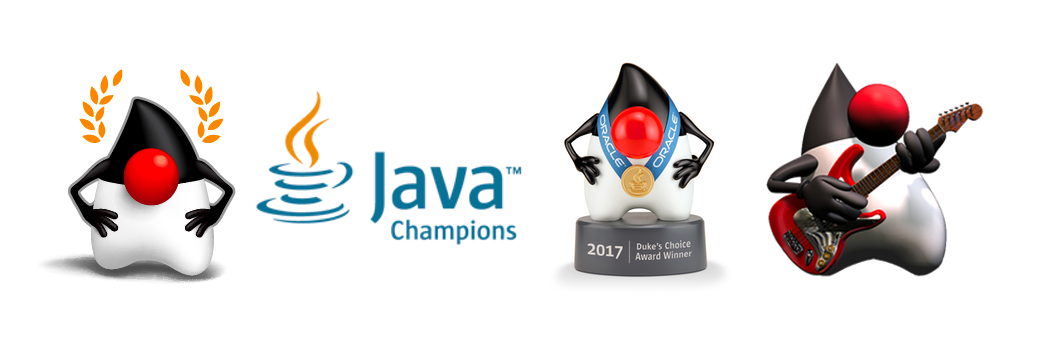
Hi there - I'm Jonathan. I live in semi-rural New Zealand with my family. My career has seen me travel the world and work with many large international software companies. This website lets you learn more about me, what I've done, what I'm currently working on, read my posts, and how to get in touch!
I've been at Microsoft since 2017, where I'm the Principal Java Architect for Azure libraries. Prior to that I was a technical lead in the Java team at Sun Microsystems and Oracle Corp for nine years. All minutiae of my professional career is available on LinkedIn.
I contribute to open source, most notably OpenJDK and the Azure SDK for Java. I take immense pride in having my code deployed on almost every computer on the planet. I am passionate about creating excellent developer experiences with considered API design, documentation, testing, and tooling. I have toured the world extensively to present and write on these topics, and as a result I am a Java Champion, JavaOne Rockstar, and a Duke's Choice award-winner.
My professional bio is on LinkedIn. I tweet occasionally on Twitter. Nearly everything I do is on GitHub. My email is always open at [email protected].
